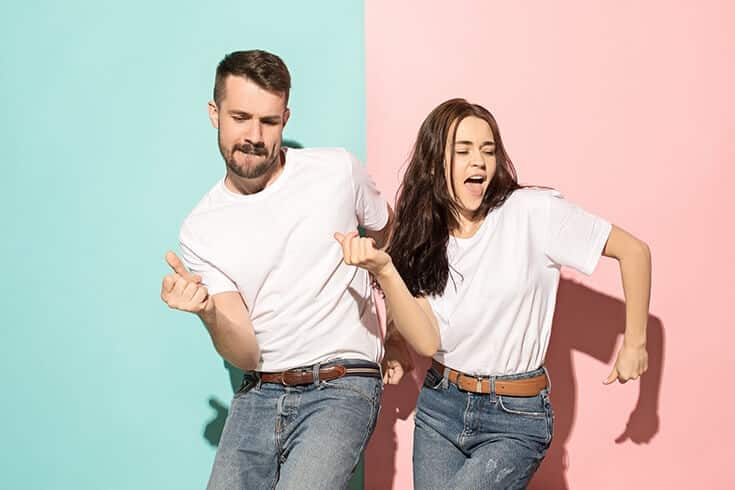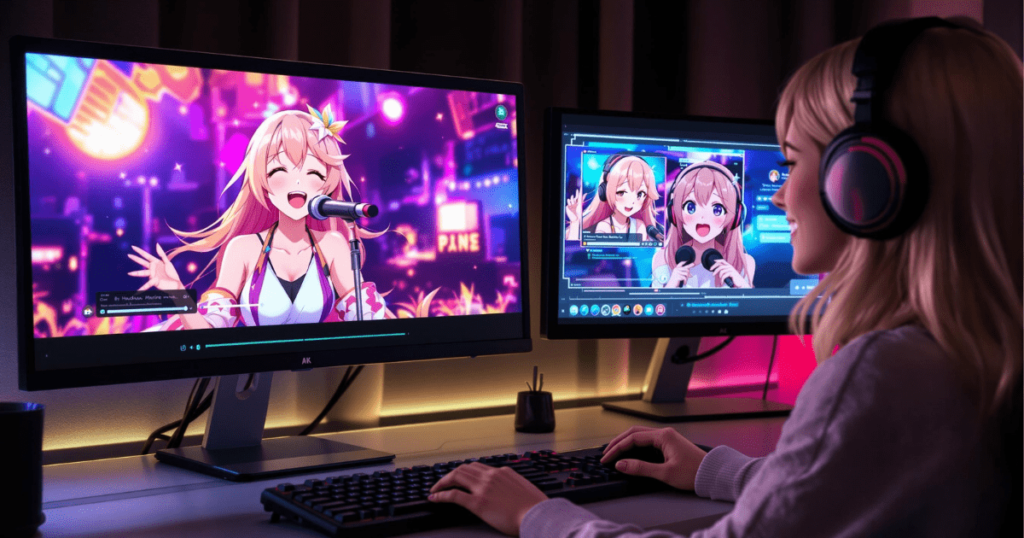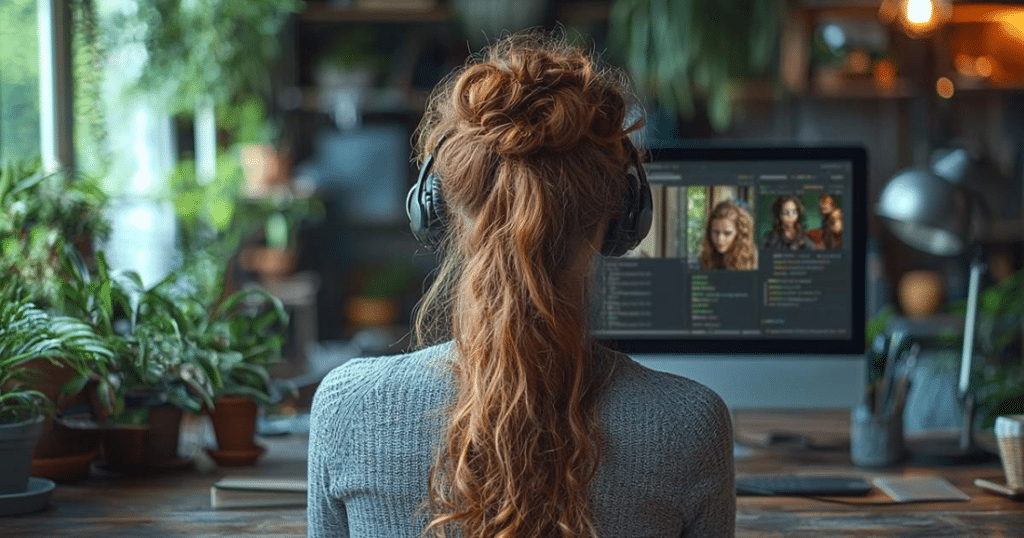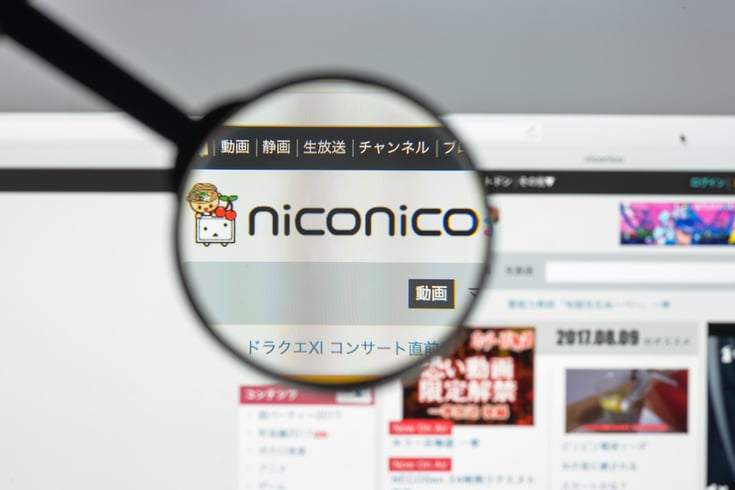Is 'Dancing Cover' a Copyright Infringement? Explaining the Precedents on Copyrights Surrounding Choreography

Videos of people dancing, often referred to as “dance cover” videos, are frequently posted on platforms such as YouTube, Instagram, and TikTok.
In recent years, there has been a significant increase in the number of these videos featuring distinctive choreography set to popular music.
Some well-known examples include the choreography used in the music video for AKB48’s song “Koi Suru Fortune Cookie,” which became a topic of conversation when local government employees were seen dancing to it, the “Koi Dance” from Hoshino Gen’s song “Koi” used in the drama “Nigeru wa Haji da ga Yaku ni Tatsu,” and the jump rope dance from the song “Make you happy” by NiziU, an idol group born from the Niji Project.
While many people enjoy mimicking these dances and posting their own “dance cover” videos, it’s likely that few consider the implications of copyright law when doing so.
In this article, we will explain the copyright issues that you should be aware of when posting “dance cover” videos.
What is Copyright?
Copyright is a right granted to authors, referring to the exclusive rights to their works.
The definition of a work is provided in Article 2, Paragraph 1, Item 1 of the Japanese Copyright Law as follows:

(Definition)
Article 2: In this law, the meanings of the terms listed in the following items shall be as prescribed in each item.
1. Work: Something that creatively expresses thoughts or feelings and falls within the scope of literature, academia, art, or music.
Not all creations are recognized as works. They must be creations that can be said to creatively express thoughts or feelings.
Also, the scope of the creation must fall within the realms of literature, academia, art, or music.
Unlike other intellectual property rights such as trademark rights and patent rights that require special procedures, copyright is personalityized by the fact that rights are granted without the need for special procedures.
Article 10, Paragraph 1 of the Japanese Copyright Law provides examples of what is included in a work:
Article 10: Examples of works in this law are generally as follows:
1. Novels, scripts, theses, speeches, and other linguistic works
2. Musical works
3. Dance or pantomime works
4. Paintings, prints, sculptures, and other artistic works
5. Architectural works
6. Maps or drawings, diagrams, models, and other graphic works with academic personalityistics
7. Cinematographic works
8. Photographic works
9. Program works
https://monolith.law/corporate/intellectual-property-infringement-risk[ja]
Can Choreography be Copyrighted?
In the above, we have generally explained about copyright, but can choreography be copyrighted?
Cases where Choreography was Granted Copyright
As mentioned earlier, in Article 10 of the Japanese Copyright Law, “dance” is exemplified in item 3.
Dance refers to the art of expressing emotions and intentions by rhythmically moving the body to music, and it is considered that choreography is included in “dance”.
There are precedents that have indicated that copyright can be granted to choreography, such as the Tokyo District Court’s decision on November 20, 1998 (Heisei 10) that recognized copyright for ballet choreography, and the Fukuoka High Court’s decision on December 26, 2002 (Heisei 14) that recognized copyright for Japanese dance choreography.
In recent precedents, there is the Osaka District Court’s decision on September 21, 2018 (Heisei 30) that recognized copyright for hula dance choreography.
Although cases involving dance choreography are less likely to escalate to litigation compared to music copyright, there are several cases where copyright has been recognized as mentioned above.
Cases where Choreography was Not Granted Copyright
In the above, we introduced precedents where copyright was granted to choreography, but there are also precedents where copyright was denied.
One such precedent is the “Shall We Dance?” choreography case (Tokyo District Court, February 28, 2012 (Heisei 24)).
In the precedent, the copyright of “social dance” was in question. In the judgment, the choreography claimed by the plaintiff was denied copyright on the grounds that none of them possessed originality.
Social dance choreography is the creation of a flowing dance by combining existing steps such as basic steps and PV steps, and adding appropriate arrangements to them. In order for such social dance choreography, which is based on the combination of existing steps, to be considered a copyrighted work, it must possess originality, such as having prominent features that go beyond mere combinations of existing steps. This is because social dance is, in the first place, premised on being danced by freely combining existing steps, and considering that it is widely danced not only by competitors but also by general enthusiasts, if copyright is recognized for choreography that has some feature in the combination, countless choreographies with only slight differences would be copyrighted, and the monopolization by specific individuals would be allowed, which could excessively restrict the freedom of choreography. This should be the case even when steps with added arrangements or new steps and body movements that do not exist in existing steps are combined.
In the above precedent, it is indicated that if social dance is nothing more than a combination of existing steps with appropriate arrangements, copyright is not granted, but if it possesses originality that goes beyond that, such as having prominent features, copyright is granted.
Also, as a reason for the above indication, it is mentioned that if copyright is widely granted to social dance choreography, it could lead to excessive restrictions on the freedom of choreography.
Do You Need Permission to Use Choreography in “Dance Cover” Videos?

Obviously, if a dance choreography is not recognized as having copyright, there is no need to obtain permission. However, if it has originality, such as “having distinctive features”, it is recognized as having copyright, and therefore, permission is required.
Many of the choreographies in “dance cover” videos are often recognized as having copyright. Therefore, it can be said that, as a general rule, permission from the rights holder is necessary to post them.
Summary
We have explained the copyright issues related to choreography that you should be aware of when posting “I tried dancing” videos.
There are few cases where the copyright of choreography has been disputed in court, and the judgment can vary depending on the case. Therefore, a professional judgment is required to determine whether copyright is recognized.
Even in cases where copyright is recognized for dance choreography, as introduced in this article, there may be cases where you can use it in “I tried dancing” videos without the permission of the rights holder. This judgment also requires professional knowledge.
Therefore, if you are thinking of posting “I tried dancing” videos and making a profit, we recommend consulting with a lawyer who has professional knowledge.
Category: Internet





















